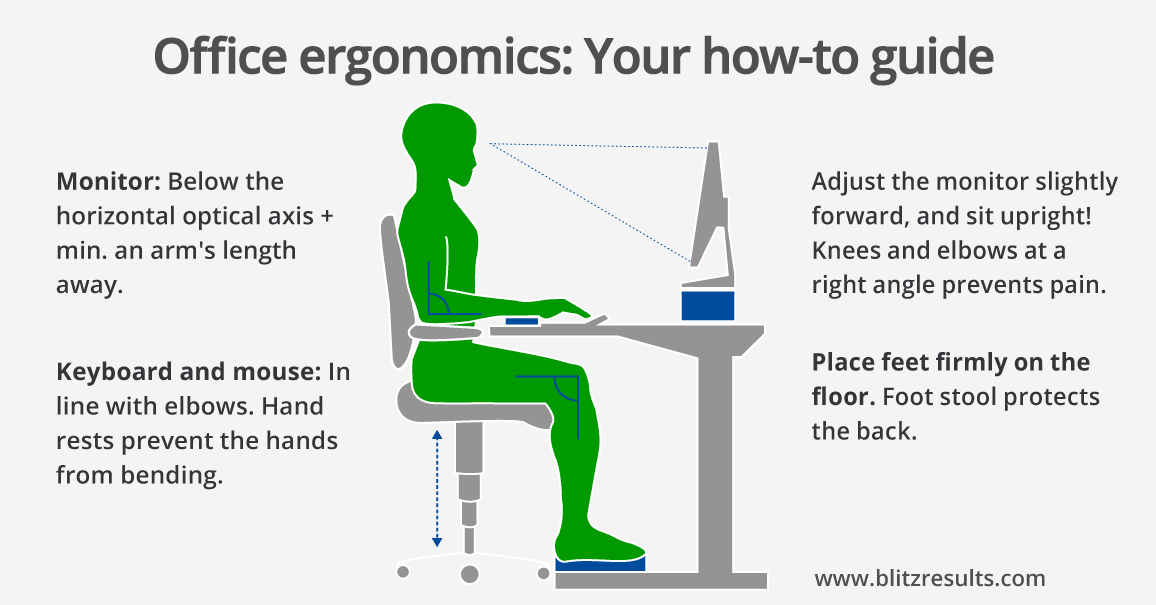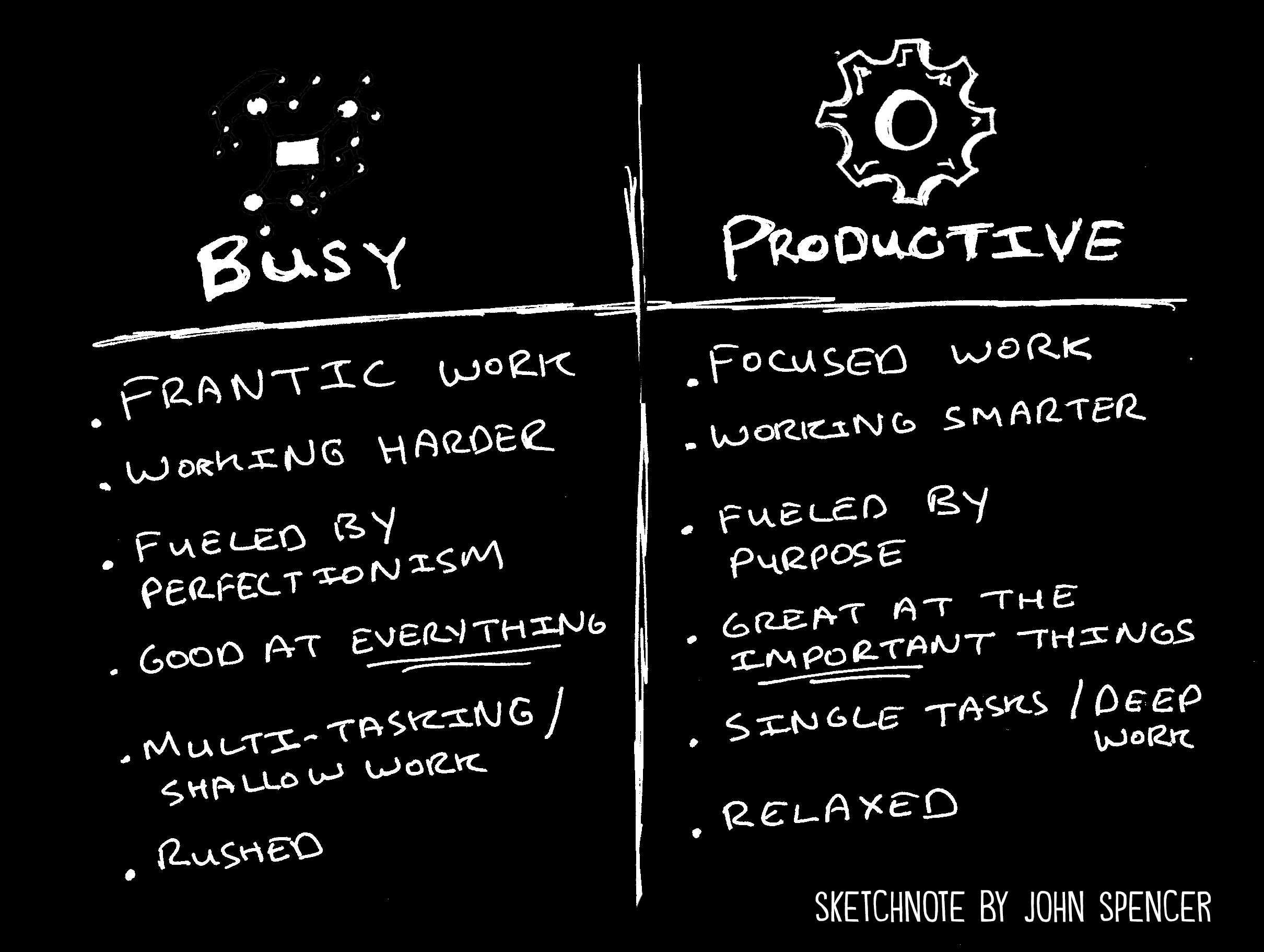5 Tips to Help You Deal With Work Creep When Working From Home
Thanks to the COVID-19 pandemic, more people are working from home than ever before. For employees who are used to an office environment, maintaining a work-life balance is a challenge despite the many benefits of working remotely. However, as it seems likely that this new reality will continue for some time, it’s important to adapt.
Do you feel like you should be on call 24/7 because you’re stuck at home? Does it seem as though you can’t ever completely switch off?
If this sounds familiar, you might be suffering from work creep, a common issue for home-based workers. It refers to the feeling that work is taking over your life to the point where you don’t feel able to fully rest, spend time with your family, or enjoy a break.
Here are some tips that will help you avoid work creep and keep your mental health intact as you work remotely:
Designate a dedicated workspace
When you commute to an office each day, the separation between home and work is tangible and clear. That separation helps to ensure a balance. A great former boss of mine used to say, “Don’t take your work home with you”. Unfortunately, that’s a little more difficult when you work remotely. But it is possible if you create a designated workspace in your home.
Whether you’re lucky enough to have a home office or are just using the kitchen table, working in the same spot each day helps keep that separation between work and the rest of your life. Since you’ll be working from home for the foreseeable future, you need to treat your home workstation like a real office, not just a makeshift space.
Here are some of my recommendations for an optimal workspace at home:
- A comfortable chair. This doesn’t have to be a swivel chair, but it should have a high backrest and ample cushioning for back support. An adjustable armrest can help you avoid carpal tunnel syndrome. No, working on the sofa (or worse, your bed) every day isn’t going to cut it. An inadequate charity promotes bad posture and can cause back problems.
- A suitable desk or table. When you use a computer, your elbows should be at a 90-degree angle, and your eyes should be level with the top of the monitor. A dining table will do in a pinch, but it’s not ideal. Get a proper desk if you can. If all else fails, use a stand or pile of books to put your computer at the right height.
- Shelves or drawers. It’s not a good idea to cram everything you need onto your desk. Instead, invest in a shelving unit or some drawers where you can store equipment and paperwork when you’re not using it.
- A divider. If you’re very lucky, you might have a spare room that can serve as an office. But if you live in a small apartment, adding a divider will provide you with the physical separation you need to mentally distinguish between your work space and personal space. As an added bonus, a divider can serve as a neutral and professional background during video calls.
- Natural lighting. A lack of exposure to natural lighting has adverse effects on physical and mental health. If possible, choose a workspace near a window and in a room that gets plenty of natural light each day. If this isn’t possible, you can simulate it by investing in a daylight lamp.
Once you’ve set up your workspace, feel free to personalize your home office however you like. You’ll feel happier there if you’re surrounded by your own things. A bookshelf, fresh flowers, family photographs, or certificates and awards you’ve received are just some of the things you might choose to include. You may even play music to keep you motivated throughout the day.
Keep your working hours clearly defined
The most significant difference between working in an office and working from home is that you might not have such a clearly defined schedule. When you work from home, you need to hold yourself accountable for your time management. If you don’t, your work, your personal life, and your health will all suffer.
To make the transition easier, stick to the same schedule you’d keep if you were going into the office. If you previously arrived at work at 9 AM, log into your computer at 9 AM. Take a proper lunch break (no eating at your desk!) at the same time you’d usually have lunch in the office.
If you live with others, you need to communicate your schedule to them. If your spouse or housemate is also working from home, you’ll need to understand and respect their schedule, too.
You could also set a cut-off time for tasks. For example, if you finish at 5 PM you could say that any assignments you receive after 4:30 PM will be done the following day. This will help prevent you from doing less than stellar work due to rushing through it. It will also help prevent unnecessary overtime at home.
You can use employee time tracking software to keep track of your working hours.
Set aside time for transitioning into and out of work
If you used to commute, you probably found that the journey time helped you transition from home mode to work mode and vice-versa. Since you no longer have that kind of transition time, you should come up with a routine that will help you ease into and out of your workday.
You could start your day by meditating, doing a quick HIIT workout to get your blood pumping, or having breakfast with your family. Here’s a tip that some remote work managers I know use: create an upbeat playlist on Spotify and listen to it as you go about your morning routine. Energetic music can give your brain and body the boost it needs to get you going.
Whatever you need to start your day on the right note, do it. But don’t create a routine that’s too long or elaborate, or you’ll end up “running late” for work. And that’s the opposite of a good start to your day.
After you shut down your computer at the end of your shift, do something that helps you unwind from the stress of work. Working out, taking your dog for a walk, engaging in your favorite hobby, or just watching half an hour of TV can all be effective. Think of it as giving your brain a reset after a long day’s work.
Establishing a daily rhythm starts with a proper transition from home to work and back. The right routine helps set the mood for the rest of the day and can make all the difference between a productive day and a frustrating one.
Focus on productive work first, not busy work
When you’re working from home, you can help yourself avoid work creep by maximizing your productivity during work hours. Most task management experts divide work into two categories: “productive work” and “busy work.”
What constitutes productive work depends on your industry and role, but it is any work that adds value to your company. It may be revenue-generating or involve interfacing with customers. It takes a lot of focus and strategy to do productive work. Examples might include taking sales calls, negotiating deals, programming, writing blogs or guest posts for your site, and designing websites.
Busy work, on the other hand, is that which has minimal value other than keeping people occupied. If you were in the office, it’s work you might do during a slow period to stop your boss from thinking you were wasting time scrolling through Facebook or watching cat videos. You might seem busy, but you’re not really accomplishing anything noteworthy.
Some experts claim that the average worker is actually only productive for 3 hours a day. The rest of the time, you might be wasting time by checking the news, browsing social media, discussing non-work topics with colleagues, taking breaks, or searching for a new job.
If you choose to do the busy work first, you’re only delaying the inevitable. By the time you’re done with all the busy work, it’s dangerously close to the end of your work day and you’ll be forced to put in extra hours to finish the things that need to be done.
Busy work requires less thought and provides the instant gratification of ticking something off a to-do list. However, it’s mostly a waste of time and energy. By dealing with your productive work first, you help prevent the workday from leaking into your personal time.
Maintain professional relationships through proper communications etiquette
Establishing boundaries when working from home goes beyond designating a workspace and keeping a strict schedule. You also need to ensure that you and your colleagues recognize and respect each other’s working hours. You might not be able to go out and socialize much right now, but your off-time should be sacred nonetheless.
Therefore, do not schedule any work-related calls outside of office hours, whether they’re client meetings, team calls, or check-ins with your manager. Your clients and colleagues need to respect your personal time by not scheduling work calls after work hours. And, of course, you need to return the favor by not contacting them out of hours.
Make a rule for yourself that you will not answer work emails outside of working hours, and stick to it. If you are supposed to log off your computer at 5 PM, leave anything sent after 4:30 PM for the following morning.
Whatever you do, do not access your professional email on your personal smartphone or laptop, and manage your notification settings so that only very urgent ones show up on your screen. Having work emails popping up in your notifications every few minutes will help keep your mind on work when you’re supposed to be resting or spending time with your family.
Likewise, never send emails to your coworkers outside of normal working hours or on weekends. They will feel pressured to answer right away, which could lead to resentment or burnout. Do not contact clients or customers out of hours, either. Doing so trains them to expect that you will be available 24/7, which is the opposite of what you want.
If you use any chat apps like Whatsapp or Slack for team communications, either don’t install those apps on your personal phone at all, or switch off the notifications outside of work hours.
Observing phone and email etiquette is one way of enforcing professionalism in your home workplace. If you respect others’ time and personal space, they will also respect yours.
Maintaining work-life balance while working remotely
With employees across the world working from home due to the pandemic, the lines between work and home life have become blurred. Many people expect quicker replies to emails, even those sent outside office hours, or expect their colleagues to answer the phone at all hours.
This is partly due to the perception that a lack of commuting time means that time can be used for work instead. It is also due to the misconception that, since many people are still trapped at home by lockdown orders, they have nothing better to do.
Unfortunately, this new reality can result in work creep that threatens to disrupt your work-life balance. Work creep is bad for your mental health, family relationships, and productivity. However, by implementing a few simple rules and processes, you can keep work creep to a minimum and retain firm boundaries.
Therefore, follow the five steps to avoid work creep:
- Designate a workspace.
- Observe your regular schedule.
- Set aside time to transition from home mode to work mode and back again.
- Do your most critical tasks before moving on to non-essential, time-consuming activities.
- Observe communications etiquette by not sending or replying to emails or making calls outside of working hours.
Taking care of your well-being is a must if you are to remain healthy and productive while working from home, however long this new reality lasts. Your work does not need access to you 24 hours a day. Enforce your boundaries and take charge of your health!


















